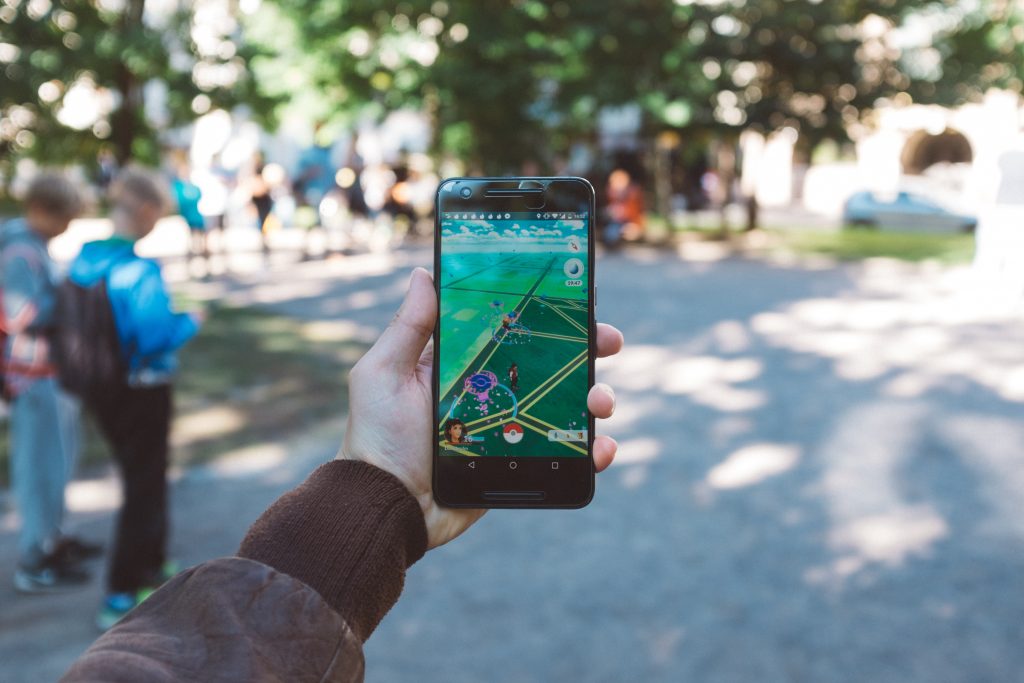
GUEST POST from Janet Sernack
It’s been almost two and a half years since most of us shifted to working virtually and remotely, which, in turn, seriously disrupted most of our business-as-usual behaviors and learning habits. Interestingly, this also disrupted our habitual unconscious safety and comfort zones, and, in many cases, disconnected our overall sense of security. For some of us, our ability to make sense of ourselves and our futures, has been impacted, impacting our abilities to find new ways of being creative and innovating through the range of constraints and adverse situations.
Looking inward
Some of us have also had our confidence to survive and thrive in a world severely impacted, and many of us have felt exploited, exhausted, and depleted by our employers. According to Lynda Gratton, in a recent article in MIT Sloane Magazine “Making Sense of the Future” many of us are looking inward — working through the impact of our changing habits, networks, and skills, and begin to imagine other life trajectories and possible selves.
Looking outward
Again, according to Lynda Gratton, some of us are now also looking outward to analyze how talent markets are changing and what competitors are doing, which is creating momentum and a force for change, but also frustration and anxiety, given institutional lag and inertia.
The larger-than-life, terrible, and confronting conflict in Ukraine has also inflated, for some of us, a deeper sense of helplessness and exhaustion, and amplified our concerns and fears for a sustainable future.
The momentum for change is growing
Yet some people have successfully responded to worries and concerns about the inertia holding our companies back, and have adapted to working, learning, and coaching online. Using this moment in time to help de-escalate our reactivity to what’s been going on to deeply connect, explore, discover, listen, and respond creatively to what is really important, to ourselves, our people, teams and our organizations.
To help shift the tension between today and tomorrow, through regenerating and replenishing ourselves and our teams, by shifting the dialogue towards renewing and innovating through constraints and adversity in uncertain and unstable times.
Innovating through constraints at ImagineNation™
Innovating through constraints enabled the collective at ImagineNation™ to design and deliver a bespoke, intense, and immersive learning journey for an executive team aiming at igniting and mobilizing their collective genius to step up to face their fears, adapt, take smart risks and innovate in uncertain and disruptive times!
Some of the constraints we collaboratively and creatively mastered included adapting to differing:
- Geographies, we are based in Melbourne, Australia, and our client was based in Canada, which made managing time zone schedules challenging, including some very early 4.30 am starts for us – Making flexibility and adaptiveness crucial to our success.
- Technologies, balancing Zoom-based online webinars and workshops, with Google chat rooms and jamboards, completing one on one coaching sessions, and assigning, completing, and presenting group action learning assignments – Reinforcing the need for constant iteration and pivoting to ensure the delivery of outcomes, as promised.
- Communicating, including air freighting hard copy reflection packs, scheduling, and partnering virtually, all within a remote and fractured working environment –Ensuring that clarity and consistency would lead to the successful delivery of the outcomes, as promised.
Shifting the dialogue
Demonstrating that we can all be resilient and creative when we live in times of great uncertainty and instability through investing in reskilling people and teams to become more purposeful, human, and customer-centric.
We can all break the inertia by challenging our business-as-usual thinking and shifting the dialogue towards exploring our inner challenges and navigating the outer challenges of our current environment.
If we commit to doing this with more consciousness, hope, optimism, and control, to follow a direction rather than a specific destination by:
- Perceiving this moment in time as an “unfreezing opportunity” and an opening to shift out of inertia and complacency, to re-generate and re-invent ourselves and our teams?
- Knowing how to connect, explore, discover, generate and catalyze creative ideas to rapidly and safely unlearn, relearn, collaborate and innovate through constraints and adversity?
- Committing to letting go of our “old baggage” and ways of making sense of our new reality, by experimenting with smart risk-taking, and making gamification accessible in an environment that is unpredictable?
Re-generating and re-inventing in uncertain and unstable times
In fact, many of us successfully adapted to online working, learning, and coaching environments by de-escalating any feelings of helplessness and hopelessness.
To bravely focus on regenerating and reinventing ourselves and our teams and using this moment in time to be curious, shift the dialogue, explore possibilities, harness collective intelligence and ask some catalytic questions:
- What if we intentionally disrupted our current way of thinking?
- How might we think differently to shift our perception and perceive our worlds with “fresh eyes”? What might be possible?
- What if we shift the dialogue to engage people in innovating through constraints?
- How might we shift the dialogue to activate and mobilize people towards taking intelligent risks through constraints?
- How might thinking differently empower, enable and equip ourselves and our teams to navigate the current environment with more hope and optimism?
- What if re-consider and perceive these constraints differently?
- How might we support people to ignite their creativity?
- How might we equip people to be creative and develop better ideas?
- How might we resource people to force more change and innovation?
- How might we discover new ways of creating value for people in ways that they appreciate and cherish?
Grappling with the future is paradoxical
Finally, Lynda Gratton suggests that we need to:
“Acknowledge that this is not straightforward. Right now, many leaders are stuck between two sources of tension: the tension of enlightenment, where they can begin to imagine what is possible, and the tension of denial, where they are concerned that more flexible working arrangements will negatively affect performance. They grapple with whether the change will be necessary or possible. These are legitimate tensions that are only exacerbated by the sense of exhaustion many people feel”.
If we perceive these constraints as catalysts for setting a clear focus and direction, it might force us to experiment with creative ways of acting and doing things differently.
It might also force us to make tougher decisions around our inner and outer priorities, by exploring and discovering more balanced, creative, and inventive ways of constantly iterating and pivoting whatever resources are available to get the important jobs done.
An opportunity to learn more
Find out about our learning products and tools, including The Coach for Innovators Certified Program, a collaborative, intimate, and deep personalized innovation coaching and learning program, supported by a global group of peers over 9-weeks, starting Tuesday, May 4, 2022.
Image Credit: Unsplash
![]() Sign up here to get Human-Centered Change & Innovation Weekly delivered to your inbox every week.
Sign up here to get Human-Centered Change & Innovation Weekly delivered to your inbox every week.


